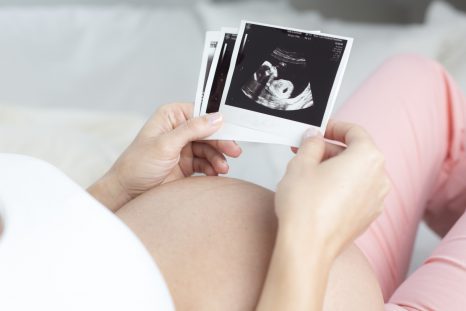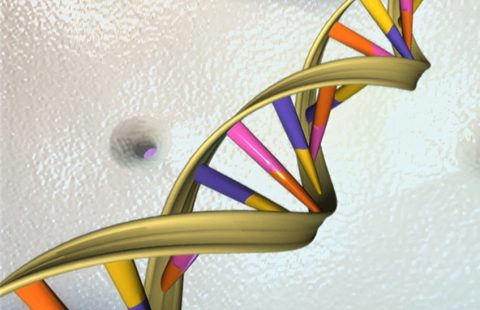
© Fotolia
A new study led by Inserm researchers from Irset, the Research Institute for Environmental and Occupational Health,[1] shows for the first time in humans that simultaneous exposure to endocrine disruptors exacerbates the effects observed from exposure to each chemical independently. This study focused principally on the human fetal testes and the potential consequences of these mixtures on development of the reproductive system, as the selected chemicals inhibited testosterone production. These results were published in Environmental Health Perspectives.
The increased use of new materials, products, and industrial/agricultural processes characteristic of a “modern” way of life has led to environmental contamination (including domestic, professional, and food-related environments) with multiple chemicals. Many of them have been identified as having endocrine-disrupting effects, and in particular as antiandrogens (=antitestosterone). It now appears clear that continuing to focus research on these “individual” chemical products would underestimate the risk linked to their simultaneous exposure, particularly in pregnant women.
Experimental data, notably across a range of different animal species and on cell lines in culture, supports the idea of a “mixture” or “cocktail” effect. Paradoxically, however, in view of the stakes for human health, it has not yet been proven that these “cocktail effects” are present in humans. The authors of this new article have developed mathematical models to predict these combined effects based on the individual toxicology profiles of the chemicals. These mathematical models are the first stage in evaluating the risk of exposure to mixtures of endocrine disruptors in humans, and in particular in pregnant women. The study had two objectives:
- to expand the known list of endocrine-disrupting chemicals in humans; and
- to verify that experimental data are in line with mathematical predictions for the mixtures.
The Irset researchers – with the support of colleagues from the Rennes University Hospital, and Professor Andréas Kortenkamp and Dr. Martin Scholze from Brunel University in London – undertook an entirely new experimental approach, screening 27 chemicals, including 7 drugs, 14 industrial chemicals (pesticides) and 6 so-called sociocultural chemicals (alcohol, caffeine, etc.). Eleven endocrine-disrupting chemicals were identified in this way, some for the very first time in humans.
From these 11 chemicals, four mixtures were developed and tested on human fetal testes. The experimental results for these mixtures corroborated the mathematical predictions, for a number of components greater than 3. This demonstrates that the model developed by the authors of the article is capable of illustrating cocktail effects, for the first time in a human organ, and that the combined effects observed can be predicted mathematically.
Finally, the authors of this article were able to measure the exacerbation of the individual effects of each of the chemicals in the mixture. In other words, they were able to provide a response to the question “how much more powerful is the chemical in a mixture than alone?” by showing that this exacerbated potency varies from a factor of 10 to 1,000, depending on the chemical in question.
According to Bernard Jégou, Irset director, Inserm researcher, research director of the EHESP-School of Public Health and the lead on this study, Pierre Gaudriault, pharmacist and doctor at the Université de Rennes 1, and Inserm researcher Séverine Mazaud-Guittot, the conclusions of this work, which was supported by the French Agency for Food, Environmental and Occupational Health & Safety (ANSES), must be taken seriously: “there is a very precise critical window during the 1st trimester of fetal development during which simultaneous exposure to weak doses of multiple endocrine disruptors may represent a risk to the development of the child’s genitals and reproductive system. It is particularly concerning as the individual potency of these chemicals can be exacerbated by up to a factor of 1,000. All the experimental data from different models lead us toward the same conclusions. This experimental proof of concept study shows that intensifying research into identifying the real mixtures to which individuals are exposed, and testing the effects on appropriate models, is a necessity.”
[1] Research Institute for Environmental and Occupational Health; Inserm; EHESP-School of Public Health, Université de Rennes 1.
These contents could be interesting :
- CHU Rennes, Service Gynécologie et Obstétrique, F-35700 Rennes, France.
- Brunel University London, Institute of Environment, Health and Societies, Kingston Lane, Uxbridge UB8 3PH, United Kingdom.
- EHESP-School of Public Health, Avenue du Professeur Léon Bernard, F-35043 Rennes, France.

